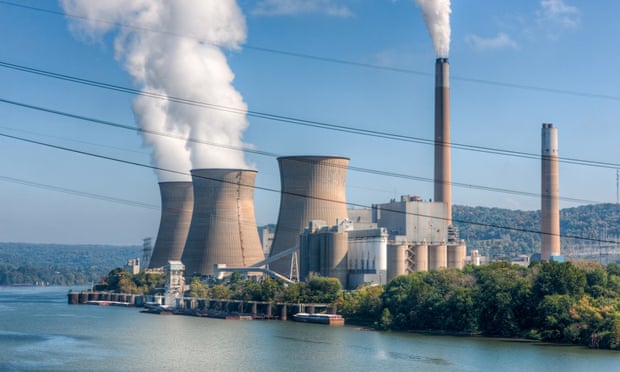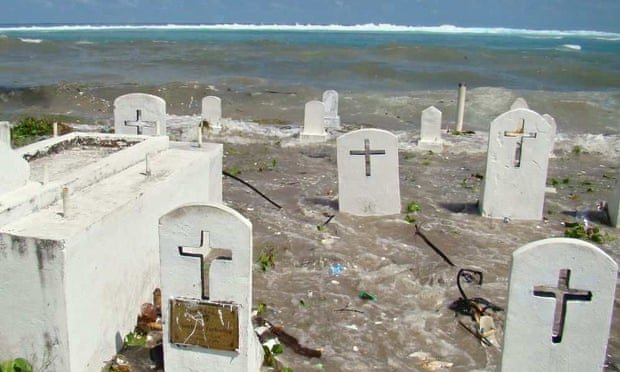November 21, 2014
Technische Universitaet Muenchen
Banks are increasingly issuing 'CoCo' bonds to boost the levels of equity they hold. In a crisis situation, bondholders are forced to convert these bonds into a bank's equity. To date, such bonds have been regarded only as a means of averting a crisis. A study by German economists now shows that if such bonds are badly constructed, they worsen a crisis instead of stabilizing the banking system.
Banks are increasingly issuing 'CoCo' bonds to boost the levels of equity they hold. In a crisis situation, bondholders are forced to convert these bonds into a bank's equity. To date, such bonds have been regarded only as a means of averting a crisis. A study by economists at Technische Universität München (TUM) and University of Bonn now shows that if such bonds are badly constructed, they worsen a crisis instead of stabilizing the banking system -- because they incentivize a bank's owners to worsen a bank's situation themselves so as to leave bondholders out in the cold.
One lesson that policymakers and financial regulators have drawn from the financial market crisis is that banks need to be backed by more equity. But banks have found it hard to increase their core capital positions -- in other words, the equity available to them long-term. Since 2009, this has led European banks to increasingly deploy an instrument that allows them to convert debt into equity in times of need: contingent convertible bonds, also known as CoCo bonds. Banks issue these bonds at fixed interest rates -- as is normal with corporate bonds. The special aspect of CoCo bonds is that if banks fall short of their predetermined core capital ratio levels -- mostly 7 percent -- the bonds are converted into the banks' equity. In other words, bondholders are forced to convert their securities into the banks' shares, or even waive their claims entirely.
Banks use these instruments as it is generally easier for them to place them on the market than shares, and they also entail tax advantages. For investors, CoCo bonds are interesting because they offer higher interest rates than other corporate bonds. Policymakers and regulators welcome them because banks that are in financial difficulties 'bail in' their bond creditors, rather than resorting directly to taxpayers to bail them out. This has led various European states and the European Central Bank to recognize CoCo bonds as bank equity capital. US Federal Reserve Chairman Ben Bernanke and US Treasury Secretary Timothy Geithner concluded in 2010 that CoCo bonds could function as 'shock absorbers' in market upheavals.
Bondholders lose out in most cases
But can CoCo bonds really help to stabilize the banking system in a crisis? Finance Professors Christoph Kaserer from TUM and Tobias Berg from the University of Bonn have built a theoretical model to analyze the effects of conditionally convertible bonds. Diverging from standard structural models, they have included the specific conditions under which these bonds are traded. They also investigated empirically the contractual structure and price performance of CoCo bonds that have already been issued.
Kaserer and Berg discovered that a 'write-down' mechanism is written into terms for about half of CoCo bonds -- if a predetermined, critical core capital ratio is not met, the bonds are not converted into shares at all, and bondholders forgo their claims. In the predominant portion of other cases, bonds would be converted at a ratio that would be unfavorable for bondholders: although the investors would receive shares, the total value of the shares would be lower than the total value of their bonds. "In other words, a quite particular group of creditors would have to shed blood first," notes Professor Christoph Kaserer, Chair of Financial Management and Capital Markets at TUM. "We call these CoCo bonds 'convert to steal'."
Shareholders benefit if circumstances worsen for their bank temporarily
In their model, Kaserer and Berg show that this construction not only bears (foreseeable) risks for investors, but also creates incentives that can lead to a further deterioration of a crisis: if a bank gets into difficulties, a motivation exists for it to further escalate its own crisis situation -- in other words, until it triggers conversion of its CoCo bonds, allowing the bank to free itself of some of its debt. "As a consequence, the existence of CoCo bonds could have an effect that worsens a crisis, because owners benefit from the fact that things are getting even worse for a bank -- at least short-term," observes Tobias Berg, Professor of Finance at the University of Bonn.
The economists also took Lloyds Banking Group of the UK as an empirical example of the connection between a bank's risk profile and the construction of its CoCo bonds: when this bank's situation worsened, the market value of its 'convert to steal' bonds fell faster than would have been expected given the bonds' other characteristics. "If shareholders know that losses can be shifted onto CoCo bondholders in a crisis, this is also reflected in the bonds' valuation," explains Kaserer.
"Financial regulators should pay attention to reasonable construction"
The model shows a reverse effect if CoCo bonds are exchanged at market value -- in other words, if bondholders receive more shares. "At a single stroke, there would be a group of new shareholders with significant shareholdings. This would impel existing shareholders to do anything to prevent this happening -- in other words, to prevent the core capital ratio not being met," says Berg. "This construction -- which we call 'convert to surrender' -- would consequently have a stabilizing effect on the banking system."
Mainly European banks -- and primarily large banks in the UK, Spain and Switzerland -- have entered this business to date, issuing CoCo bonds worth around 50 billion euros. Financial regulators should take the study's findings into consideration in assessing future CoCo bonds, recommends Christoph Kaserer. He believes that banks should only be able to count these bonds as equity if they do not include a 'convert to steal' mechanism. "CoCo bonds are a reasonable option for banks to improve their equity backing," comments Kaserer. "But they only help to stabilize the banking system if they are constructed correctly."
Story Source:
The above story is based on materials provided by Technische Universitaet Muenchen. Note: Materials may be edited for content and length.
Journal Reference:
- Tobias Berg, Christoph Kaserer. Does contingent capital induce excessive risk-taking? Journal of Financial Intermediation, 2014; DOI: 10.1016/j.jfi.2014.11.002


